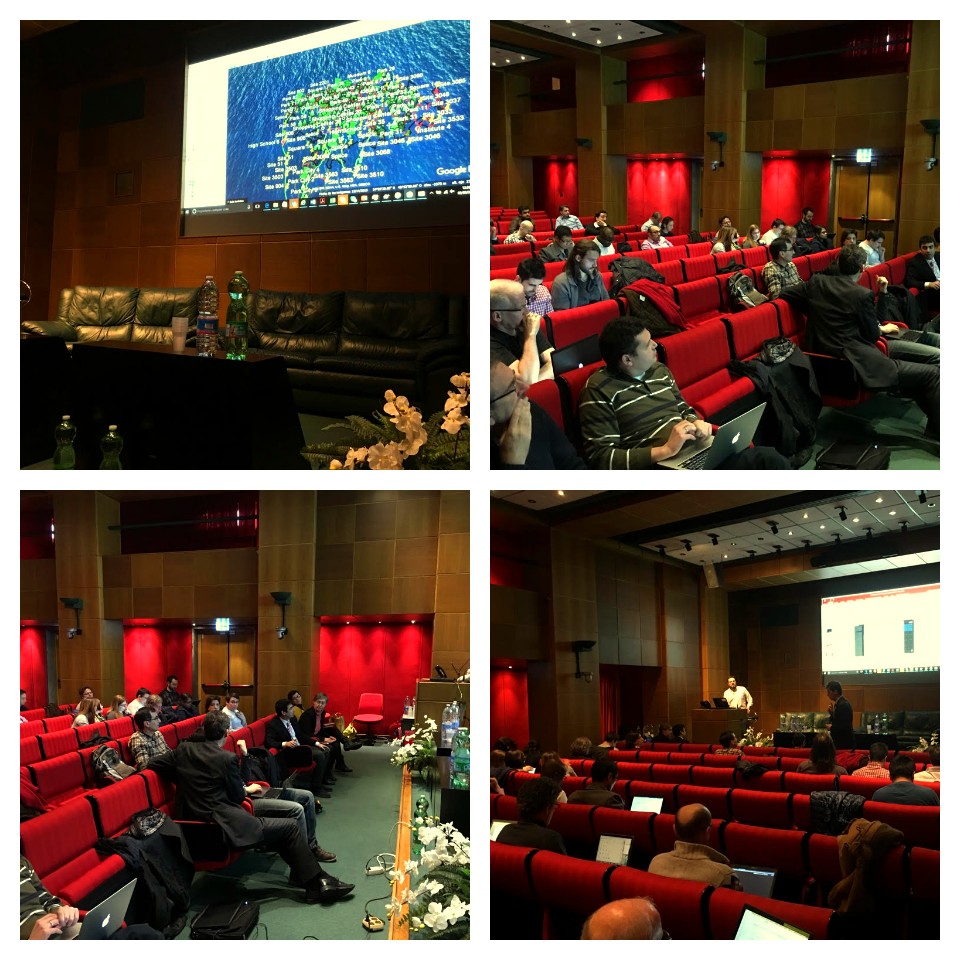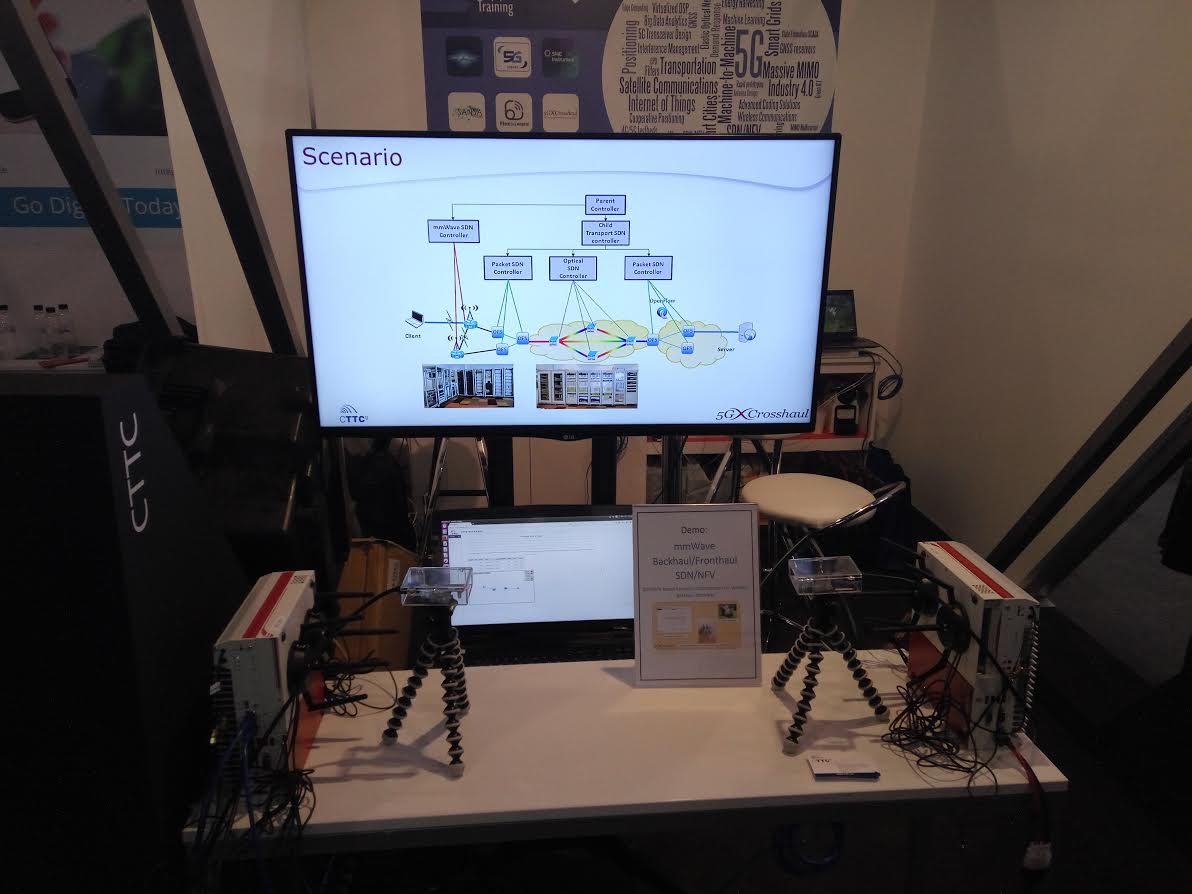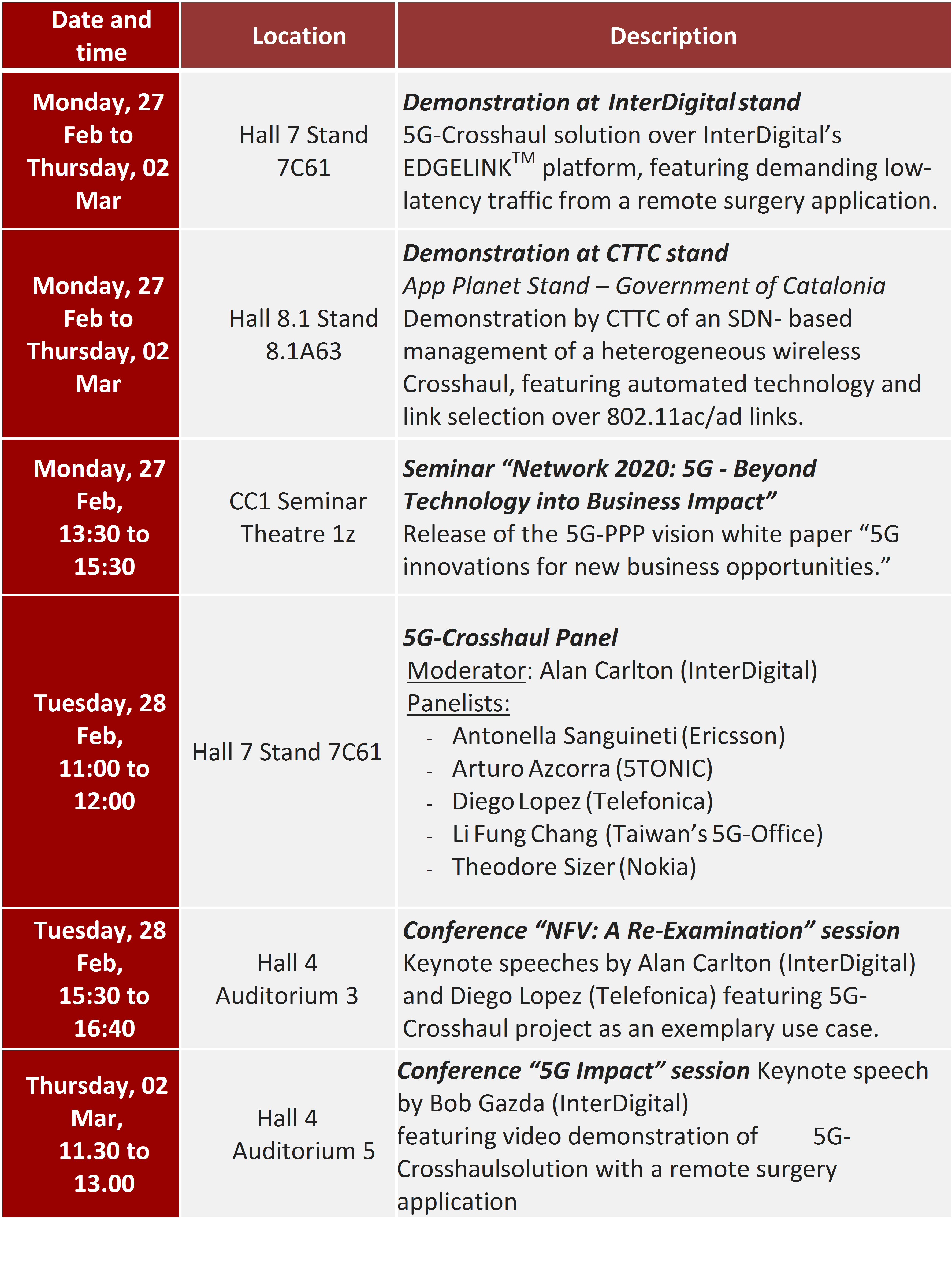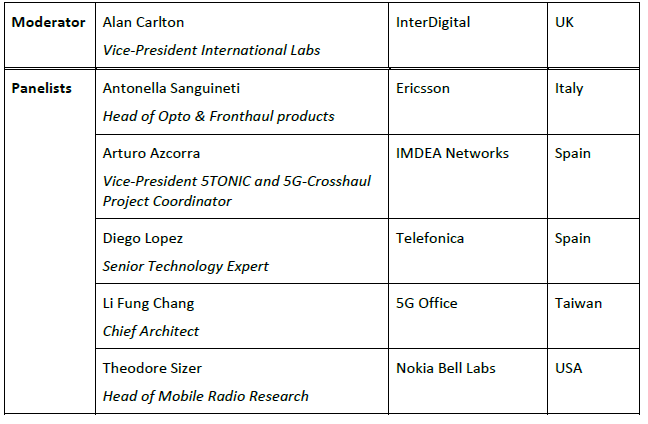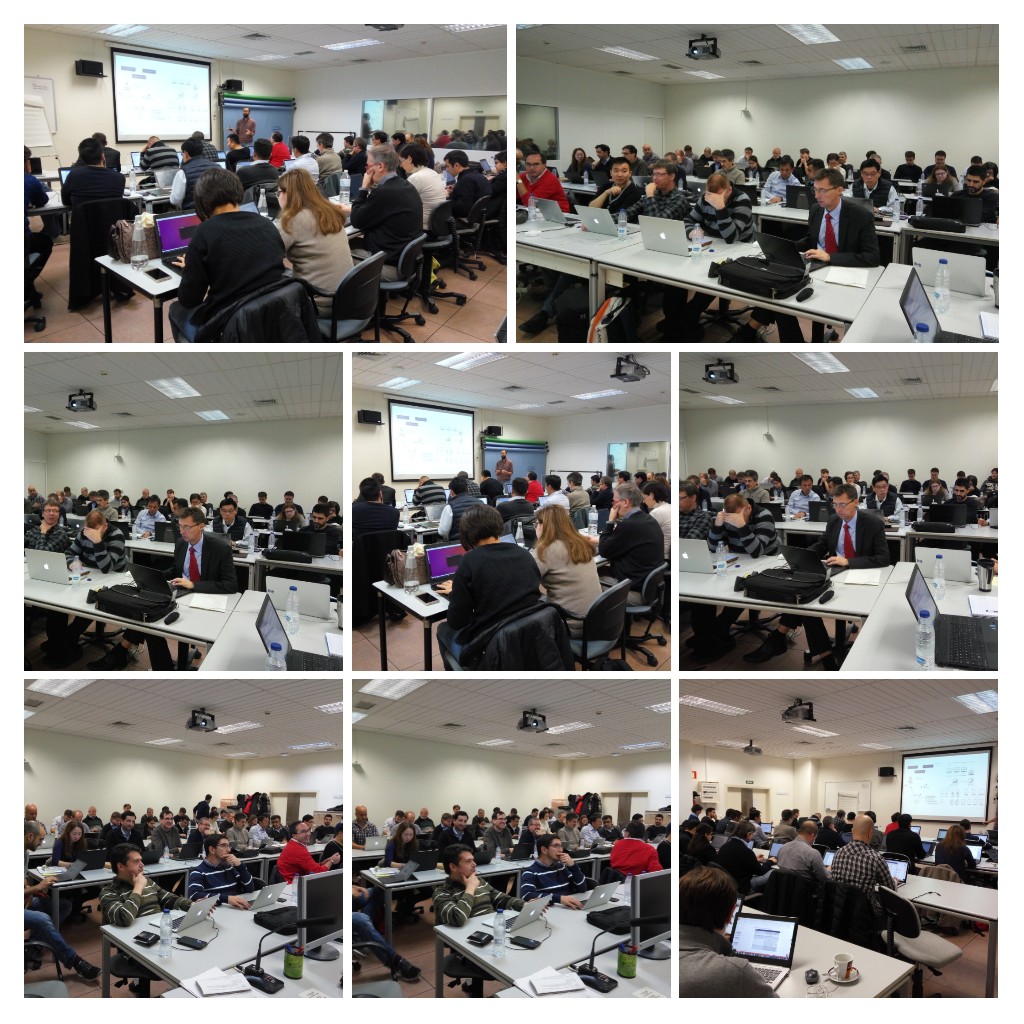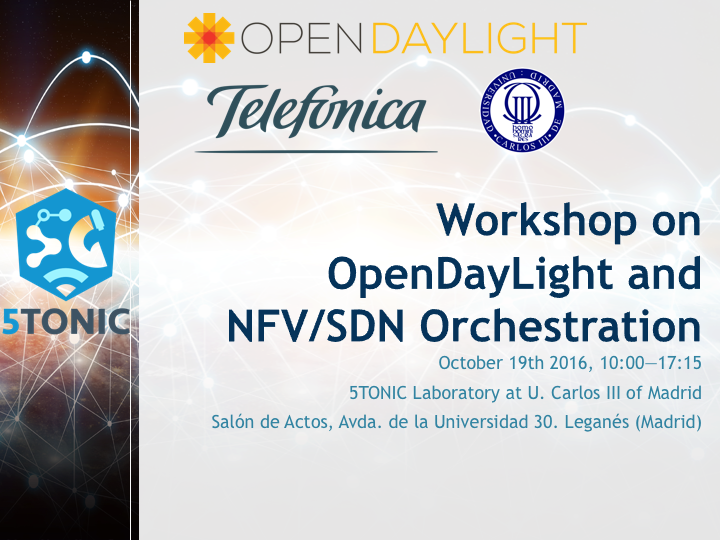
5G-Crosshaul presented 5 demos at the 5G Global Event:
1. 5G Crosshaul: mmW Integrated Fronthaul and Backhaul: Demonstration in 5G-Berlin Testbed of a long-range and reliable SDN-based mmW Mesh Transport System multiplexing packet-based Fronthaul and Backhaul traffic. A Next-Generation Fronthaul, based on a PDCP/RLC functional split, is transported over mmW in UDP/IP frames with less-demanding requirements compared to legacy CPRI-based fronthaul. A mmW link failure is triggered in the mesh that will reconfigure himself and recovery the disrupt traffic. In response to the link failure, backhaul traffic is routed via a secondary path where Fronthaul and Backhaul traffic are multiplexed over a single mmW link with no degradation to service. When the link is recovered, Fronthaul and Backhaul traffic return to their primary mmW route.
2. Energy monitoring and management for network paths: SDN application for the monitoring of power consumption, estimated based on traffic load statistics, in physical network nodes, network paths and tenants’ virtual infrastructures. The demo will also show the automated configuration of the network nodes’ power states depending on the connections dynamically activated on the network, switching on and off the emulated software-based switches for energy saving issues.
3. SDN-based TV Broadcasting Service: The demo presented a top layer application for video broadcasting. The application will feature monitoring functionality to control the broadcasting QoS and will be take advantage of new XCI to manage the network topology, build the broadcast tree and to adapt service provisioning to the network resources.
4. Silicon Photonic Reconfigurable Add Drop Multiplexer for Crosshaul networks: An optical switching device integrated in a single chip, able to perform channel add/drop, channel power regulation and channel path protection reducing of two order of magnitude the cost compared to the devices used in current optical networks. The introduction of this device enables the large scale deployment of C-RAN, over multiple fiber network topologies (bus, ring, tree) without impacting latency and bandwidth performance of time sensitive fronthaul channel.
5. Next Generation Frounthaul Interface over LED-based Optical Wireless Link: The demo presented a prototype implementation of a C-RAN solution utilizing a novel functional split set between RLC and PDCP protocols on the LTE radio protocol stack (3GPP Option 2). Thanks to reduced requirements of the new Ethernet-based fronthaul interface a live stream will be sent over a LED-based Wireless Optical Link connecting Distributed and Central Unit.

